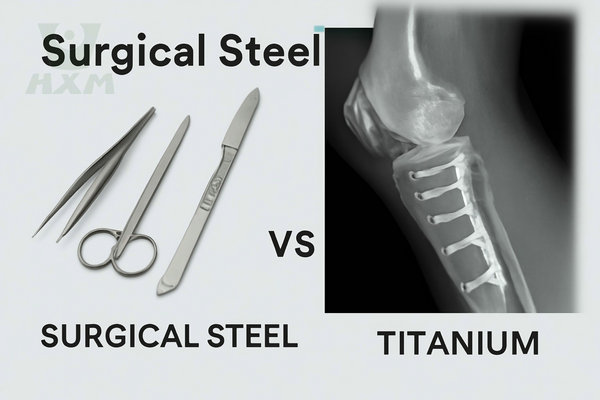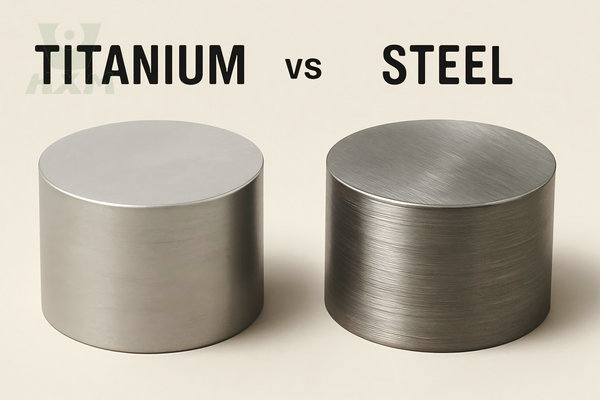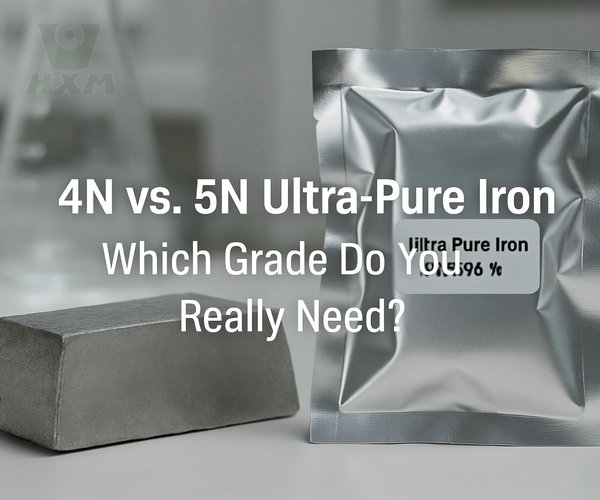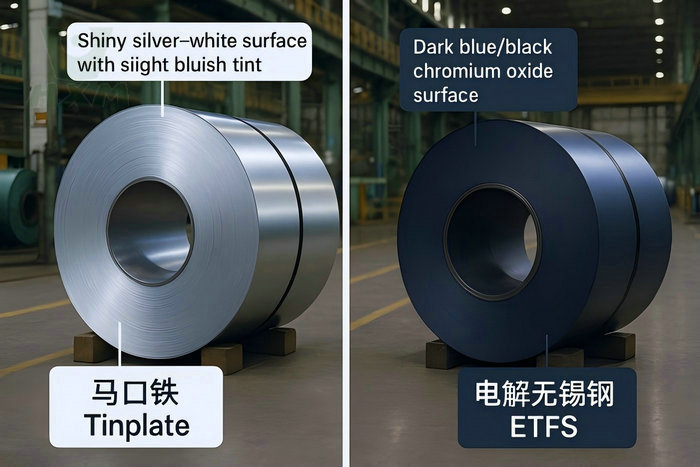In the world of structural engineering and heavy fabrication, selecting the right steel is a foundational decision that influences a project’s safety, longevity, and budget. Among the vast array of available steel grades, two names consistently emerge in discussions: A572 Gr50 vs. A36 Steel.
To the untrained eye, they are just heavy plates of steel. But to an engineer, a project manager, or a procurement specialist, the differences are profound. Choosing incorrectly can lead to over-engineering and inflated costs, or worse, under-engineering and structural risks.
As a global supplier that has delivered high-performance steel for complex projects, including a critical engineering project in Colombia, we understand these nuances intimately. This comprehensive guide will delve deep into the chemical, mechanical, and practical differences between A572 Gr50 and A36, empowering you to specify the perfect material for your next project.
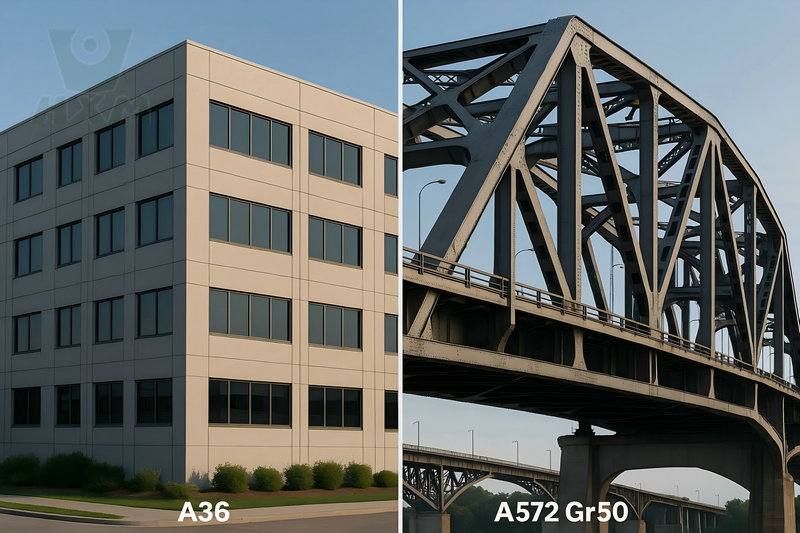
Understanding the Basics: What is A36 Steel?
ASTM A36 steel is the undisputed workhorse of the steel industry. It’s a low-carbon steel known for its excellent ductility and weldability. For decades, it has been the go-to material for a vast range of general structural and construction applications.
Key Characteristics:
Good strength for its cost.
Excellent for welding, bolting, and riveting.
Easily machined and formed.
The High-Strength Alternative: What is A572 Grade 50 Steel?
ASTM A572 Grade 50 is a High-Strength Low-Alloy (HSLA) steel. The “Gr 50” signifies its minimum yield strength of 50,000 psi (50 ksi). It achieves this superior strength through the addition of alloying elements like Columbium (Niobium) and Vanadium. This allows engineers to design structures that are stronger, yet lighter.
Key Characteristics:
Significantly higher strength-to-weight ratio compared to A36.
Excellent corrosion resistance.
Maintains good weldability and formability.
Head-to-Head Comparison: A572 Gr50 vs. A36
The clearest way to see the difference is to compare their key mechanical and practical properties in a table.
| Feature | ASTM A36 Steel | ASTM A572 Grade 50 Steel | The Huaxiao Metal Takeaway |
| Min. Yield Strength | 36,000 psi (36 ksi) | 50,000 psi (50 ksi) | Winner: A572 Gr50. This is the primary advantage, allowing for higher load capacity or lighter designs. |
| Tensile Strength | 58,000 – 80,000 psi | 65,000 psi (minimum) | A572 Gr50 has a higher minimum requirement, ensuring more consistent high-end performance. |
| Cost | Lower initial cost | Higher initial cost | A36 is cheaper per pound, but A572 Gr50’s strength may mean you need less material, potentially reducing overall project cost. |
| Weldability | Excellent | Very Good | Both are easily welded, but A36 is slightly more forgiving for general fabrication. |
| Primary Application | General building frames, base plates, and general fabrication | Bridges, transmission towers, heavy equipment, and high-stress structures | Choose the steel that matches the structural demand of your project. |
A572 Gr50 vs. A36 Steel: What's the Differences?
Chemical Composition: A572 Gr50 vs. A36 Steel
ASTM A36: The Simple Carbon Steel Formula
A36 is a classic low-carbon steel. Its composition is relatively simple, prioritizing ductility and weldability.
| Element | Typical % | Role in the Alloy |
| Carbon (C) | ~0.26% | Determines hardness. Low carbon = high ductility & weldability. |
| Manganese (Mn) | ~1.03% | Increases strength and hardness. |
| Silicon (Si) | ~0.28% | A deoxidizing agent adds some strength. |
| Phosphorus (P) & Sulfur (S) | <0.04% & <0.05% | Impurities are kept low to prevent brittleness. |
What this means for you: The simple, low-carbon formula makes A36 highly predictable, easy to work with, and economical to produce. It’s a reliable, no-frills material.
ASTM A572 Grade 50: The High-Strength Micro-Alloy Formula
A572 Gr50 is a High-Strength Low-Alloy (HSLA) steel. It achieves superior strength not by adding more carbon, but through small, powerful additions of other elements.
| Element | Typical % | Role in the Alloy |
| Carbon (C) | ~0.23% | Kept low to maintain good weldability. |
| Manganese (Mn) | ~1.35% | Higher content for increased strength. |
| Columbium (Nb) + Vanadium (V) | <0.15% | The Key Differentiator. These micro-alloys refine the steel’s grain structure, dramatically increasing strength without sacrificing toughness. |
What this means for you: The “micro-alloying” approach is a more advanced and precise method of steel production. It creates a stronger material without the negative side effects (like poor weldability) of simply adding more carbon.
Mechanical Properties: The Measure of Performance
This is where the most critical differences for engineering and design become apparent.
| Mechanical Property | ASTM A36 | ASTM A572 Grade 50 | Engineering Impact |
| Minimum Yield Strength | 36,000 psi (250 MPa) | 50,000 psi (345 MPa) | The most important metric. A572 Gr50 can handle ~39% more stress before it starts to deform permanently. This allows for stronger or lighter designs. |
| Ultimate Tensile Strength | 58,000 – 80,000 psi | 65,000 psi (450 MPa) minimum | A572 Gr50 has a higher guaranteed minimum breaking strength, offering greater reliability. A36 has a wider range, which can mean less consistency between batches. |
| Elongation (Ductility) | ~20-23% in 8″ | ~18-21% in 8″ | A36 is slightly more ductile, meaning it can stretch more before fracturing. This gives it an edge in applications requiring extreme forming or bending. |
What this means for you: If your primary concern is load-bearing capacity, A572 Grade 50 is the clear winner. Its superior yield and tensile strength allow you to build stronger structures or use less material to achieve the same strength, leading to significant weight savings.
Physical Properties & Fabrication
How do these steels behave in the workshop and the field?
Weldability
A36: Considered the benchmark for excellent weldability. It is very forgiving and can be easily welded with almost any standard process (SMAW, GMAW, FCAW) with minimal need for preheating or post-weld heat treatment.
A572 Gr50: Has very good weldability, thanks to its low carbon content. While it is readily weldable, its higher strength and alloy content may require more attention to procedure, such as using low-hydrogen electrodes and potentially preheating thicker sections to prevent cracking.
What this means for you: Both are weldable, but A36 is simpler. For high-volume, less critical fabrication, A36 offers ease of use. For structural welds where strength is paramount, A572 Gr50 is perfectly suitable with proper professional procedures.
Formability
A36: Its higher ductility makes it easier to bend, roll, and form into complex shapes with a tighter bend radius without cracking.
A572 Gr50: Can be successfully formed, but its higher strength means it requires more force and a larger bend radius to prevent cracking at the bend point.
What this means for you: If your design involves intricate bends or cold forming, A36 is the more compliant material.
Cost & Availability: The Economic Equation
A36:
- Cost: Lower cost per ton. It is one of the most widely produced and least expensive structural steel grades available.
- Availability: Ubiquitous. Almost any steel service center or supplier will have A36 in a wide variety of shapes and plate sizes in stock.
A572 Gr50:
- Cost: Higher cost per ton due to the addition of expensive alloys (Columbium, Vanadium) and a more controlled production process.
- Availability: Widely available, especially in common structural shapes (I-beams, channels) and plates, but perhaps not as universally stocked in all dimensions as A36.
What this means for you: Do not mistake “cheaper per ton” for “cheaper project.” The higher strength of A572 Gr50 can lead to significant material weight reduction, potentially lowering the total project cost through savings on material volume, transportation, and installation. This is a critical calculation for any project budget.
When Should You Choose A572 Grade 50?
The clearest way to see the difference is to compare their key mechanical and practical properties in a table.
You should specify A572 Grade 50 when your project demands superior performance. As we demonstrated in our [recent shipment to a Colombian engineering project], this grade is ideal for:
Reducing Structural Weight: Because it’s stronger, you can use thinner or smaller sections to achieve the same load-bearing capacity as A36, reducing material weight and shipping costs.
High-Stress Applications: Perfect for bridge girders, construction equipment frames, and crane booms where stress and fatigue are major concerns.
Increasing Load Capacity: When you need to maximize the strength of a structure without increasing its size or weight.
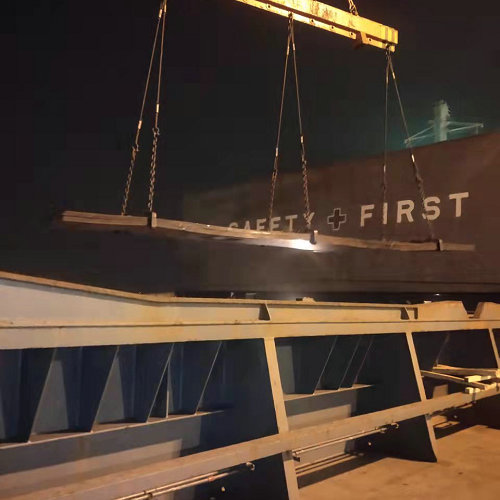
When is A36 Steel Still the Right Choice?
Despite the superior strength of A572 Gr50 and A36 remains an excellent and cost-effective choice for a huge number of applications:
General Structural Purposes: For building frames, platforms, and supports where the stress levels are well within A36’s capacity.
When Cost is the Primary Driver: If the design doesn’t require high strength, the lower material cost of A36 makes it the most economical option.
Less Demanding Fabrications: For brackets, gussets, and other non-critical components, A36 provides more than enough performance.
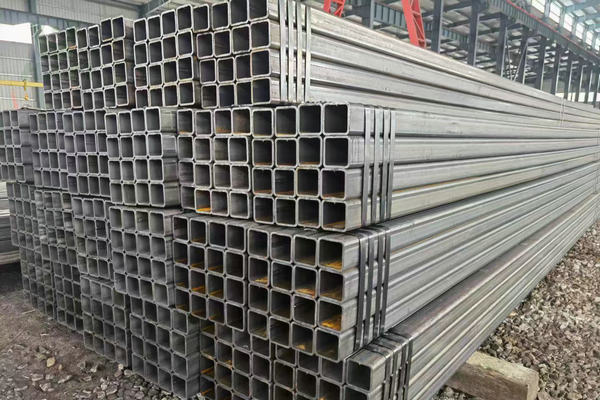
Application Deep Dive: Choosing the Right Steel for the Job
Theory is important, but practical application is where the decision truly matters.
When to Specify ASTM A572 Grade 50
Choose A572 Gr50 when performance and efficiency are the primary drivers.
Bridge Construction: A classic application. The high strength-to-weight ratio allows for longer spans and reduced dead load on foundations.
Heavy Construction Equipment: The frames, booms, and chassis of bulldozers, excavators, and cranes require immense strength to withstand dynamic loads. A572 Gr50 provides this strength without adding excessive weight.
Transmission Towers & Wind Turbines: These tall structures must endure high wind loads. The superior strength of A572 Gr50 ensures stability and longevity.
High-Rise Buildings: In columns and beams, using A572 Gr50 can reduce the size of structural members, creating more usable floor space.
When ASTM A36 Steel is the Smart, Economical Choice
A36 remains the undisputed champion for a vast range of applications where its capabilities are more than sufficient.
General Building Structures: For low-rise commercial buildings, warehouses, and residential framing, A36 provides the necessary strength at the best price.
Base Plates & Gussets: For connection components that are not the primary load-bearing members, A36 is the standard, cost-effective choice.
Platforms, Stairs, and Handrails: Applications where stiffness and general durability are more important than maximum strength.
Prototyping and General Fabrication: Its excellent formability and low cost make it ideal for custom fabrication shops and less critical components.
Conclusion: It's Not "Better," It's "Fitter for Purpose"
The choice between A572 Gr50 and A36 isn’t about which steel is “better,” but which is the right fit for your project’s specific requirements.
Choose A36 for versatile, cost-effective, general-purpose applications.
Choose A572 Gr50 for demanding, high-strength, weight-sensitive applications where performance is paramount.

